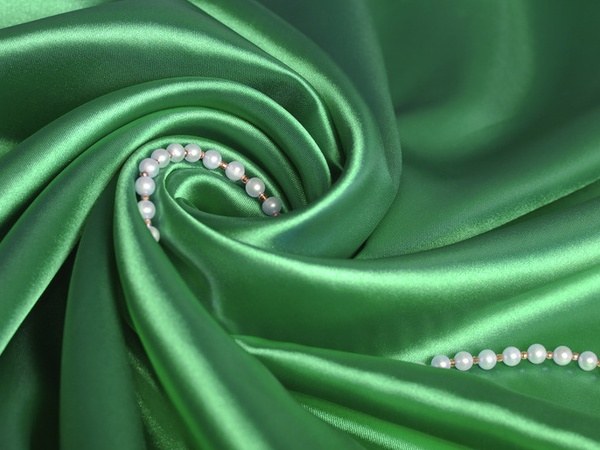Instruction
1
Lay the cloth on the table, turning it so that at the same time you can see both sides: front and back. On the material with a printed picture, compare the sharpness and saturation of the pattern. On the face of the ornament should be bright and clearly. Spend on fabric hand. Obverse side of the printed material is usually smooth and slightly shiny, and the reverse is a bit fuzzy and dull.
2
Inspect the fabric on both sides. Pay attention to various defects: thickened or elongated filaments, nodules, etc. Usually, they are taken up on the wrong side. On the front side of high-quality fabric, no defects should not be. From expensive fabrics with metallic threads front side should be more elegant and brilliant.
3
From colored fabrics with a twill or plain weave no qualitative differences between the obverse and reverse side. Such fabrics are called reversible.
4
Look carefully at the fabric edge. On the front side edge of the cloth fabrics is coloured strands on the underside are almost invisible. The edge of any fabric with smooth face side and the reverse on it you can see the knots and roughness.
5
The front side is silk and satin fabrics has an attractive glossy sheen. The reverse side of such matters is usually matte. Face fleecy fabrics, generally characterized by thicker and longer bristles than their underside. It must be remembered that some materials, such as stories, nachesnaya pile the same on the front and on the reverse side. Fleece is considered a reversible material. Clothes from it you can sew with the NAP outward or inward.
6
When purchasing fabric please note how the fabric in a rolled form. Domestic silk, linen and woolen cloth, usually Packed face inside, and the cotton backing inside.
